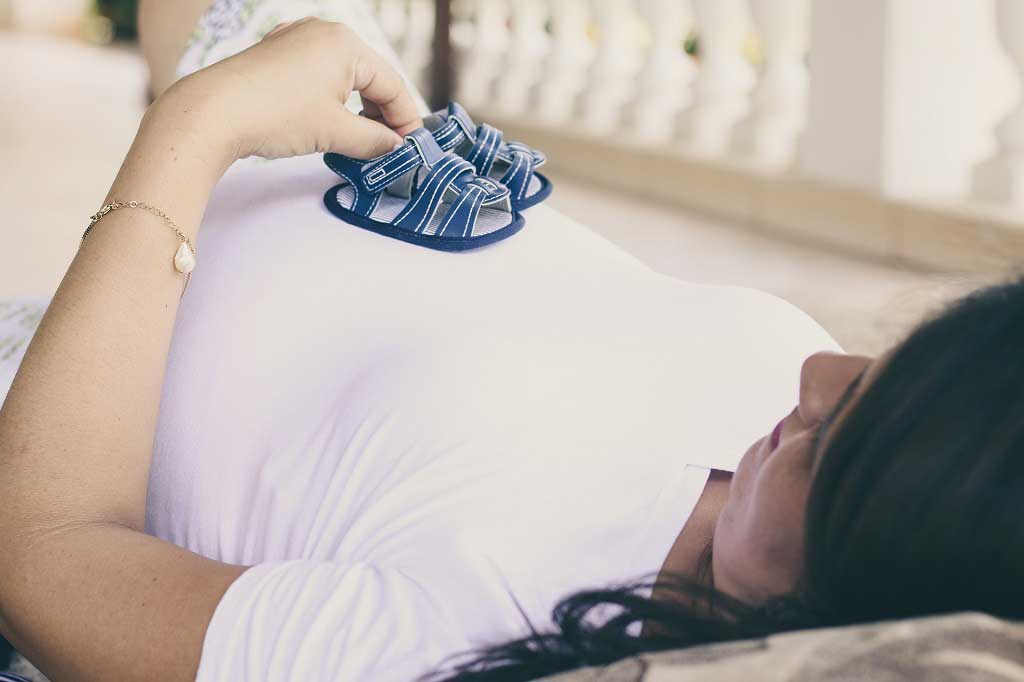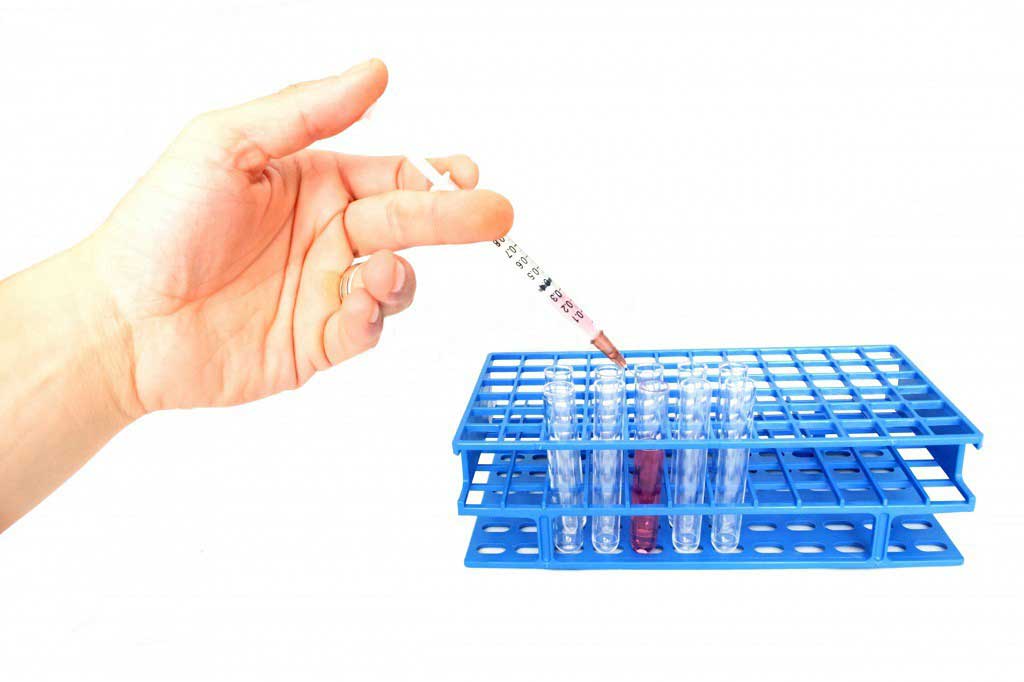Bone cyst
Symptoms of bone cysts
Bone cysts oftenhave nosymptoms. They may not be discovered until you fracture (break) the bone, or until you have an X-ray for another reason.
Unicameral bone cysts
Most unicameral bone cysts do not cause any symptoms unless the affected bone becomes severely weakened, causing itto fracture.
Signs and symptoms of a fracture can include:
- pain and swelling
- bruising or discoloured skin around the bone or joint
- the limb or affected body partbeing bent at an unusual angle
- inability to move or put weight on the injured limb or body part
In most cases, the bones of the upper arms or legs are affected.
Occasionally, unicameral bone cysts may cause pain without any obvious signs of afracture, and theymay disrupt the growth of the affected bone.
Aneurysmal bone cysts
Signs and symptoms of an aneurysmal bone cyst can include:
- persistent pain and swelling
- a noticeable lump or deformity in thebone
- decreased range of movement, weakness or stiffness in the affected body part
- the skin in the affected areabeing warm to the touch
Mostaneurysmal bone cysts affect bones in the legs, upper arms, pelvis or spine.
If an aneurysmal bone cyst develops inside the spine, it can disrupt the normal working of the nervous system and cause additional symptoms, such as:
- muscle weakness
- a shooting pain in the arms or legs ( sciatica )
- numbness or a tingling sensation in the arms and legs
- problems with bladder or bowel control
Although it happens lessoften than inunicameral bone cysts,aneurysmal bone cysts can also sometimes cause fractures in affected bones.
When to seek medical advice
You should contact your GP if you or your child experiences persistent bone pain or any of the signs of a problems described above.
If you think that you or your child has a fracture, go to your nearest accident and emergency (A&E) department .Dial 999 for an ambulanceif the injury is severe.
Introduction
A bone cyst is a fluid-filled hole that develops inside a bone. They can occur at any age, but most often affect children and young adults.
Symptoms of bone cysts
Bone cysts often have no symptoms. They may not be discovered until you fracture (break) the bone, or until you have an X-ray for another reason.
Treating bone cysts
Many bone cysts will eventually heal without treatment and won't cause any permanent problems.







 Subscribe
Subscribe Ask the doctor
Ask the doctor Rate this article
Rate this article Find products
Find products